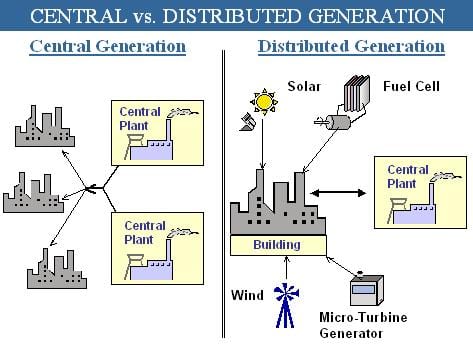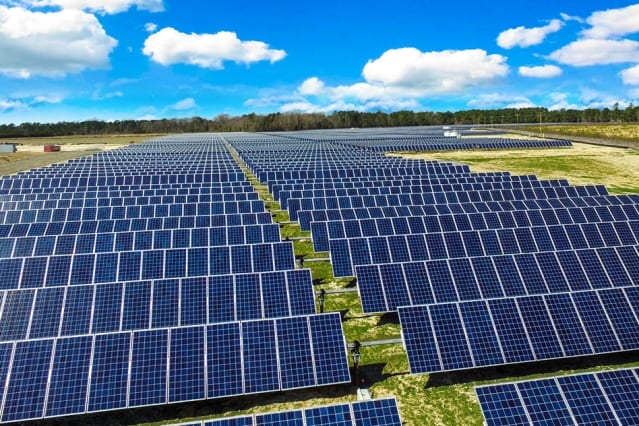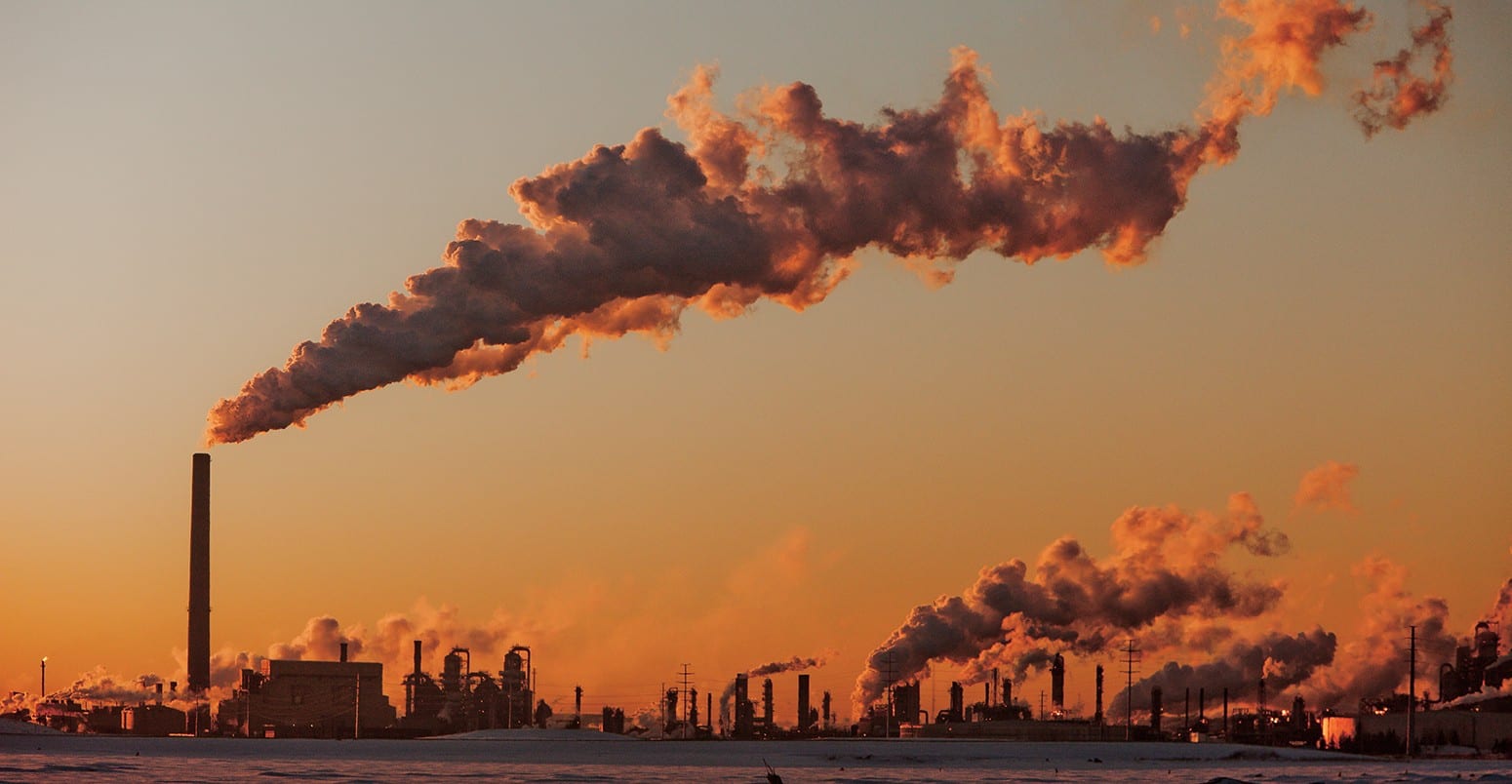1)
http://www.indiasmartgrid.org/Distributed-Generation.php
Decentralized generation, which is also known as a distributed system, is one of the three ways of how energy is generated in the United States. It is connected to the main energy flow, centralized generation, but provides energy in a smaller amount. It is useful in a way that the source is closer to a densely populated area, usually urban cities, where high energy is demanded. Some places like factories, business parks, university campuses, hospitals, computer server farms, and residential places use decentralized generation as their primary energy system because of the materials and methods it takes for energy production. To be specific, the decentralized generation uses solar panels, wind turbines, and natural gases to provide energy. Also, it isn’t limited to the transmission lines. Energy can be offered faster to people near the plants than it coming from the main power system, which is often far away from the cities. Moreover, most importantly, it provides economic benefits. It saves money and energy. Even when it uses less money, it produces an efficient amount of energy needed for people. I mostly like about the fact that decentralized generation is interconnected with renewable generation through the means of “peaking load” and transmission. By placing the power sources closer to the places that require more energy, it saves time and money it takes to offer energy, especially during the time of peak load electricity. Also, through decentralized generation, people can use renewable power without transmission. It has a cheaper transmission infrastructure that makes it easier for people to use energy when needed.
2)
http://news.mit.edu/2016/mit-neutralize-17-percent-carbon-emissions-through-purchase-solar-energy-1019
Koreth, the author of the reading, discussed renewable energy: wind power, solar power, and biofuel. The above picture depicts solar panels, which use solar lights to make energy. Koreth mentioned, “centralized renewable generation benefits from the same economies of scale that fossil fuels do, but it’s also at the mercy of the same transmission problems” (11). However, one of the limitations is that since renewables are made by natural resources, such as sun and wind, their power plants have to be in a larger space than where other power plants using fossil fuels and non-renewable sources are built at in order to produce the same amount of energy that the other non-renewables plants do.
3)
https://www.carbonbrief.org/study-most-fossil-fuels-unburnable-without-ccs
The main energy source of my hometown, Korea is fossil fuels, such as coal, gas, and oil and is followed by nuclear power. Fossil fuels and nuclear power aren’t renewable energy sources. They harm the environment and the planet than renewable energy sources do. Pollutions in water, air, and other natural resources, excess carbon emission, and global warming can be some examples of the use of non-renewable energy sources. Facing these problems nowadays, if possible, I would like to shift the idea of sources used for energy system by modifying the rules for the companies to use renewable energy sources in the power plants and factories. It is easy to find and use renewable energy sources from nature around us. By doing this, there will be less harm in Korea and the planet.
Works Cited
Chapter 11 from Before the Lights Go Out Maggie Koreth-Baker, Turner Publishing Company, 2012.